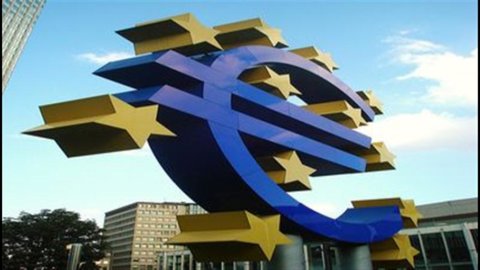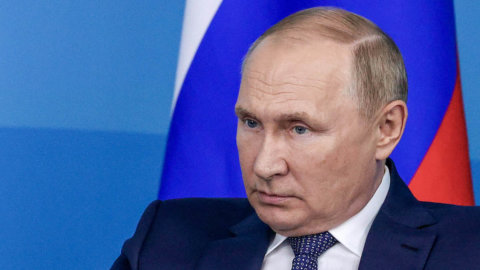Falling inflation is the dilemma facing the European Central Bank. So headlines the Financial Times, on the eve of tomorrow's ECB council meeting. For the first time, Frankfurt's euros are in danger of being eclipsed by Federal Reserve dollars. Based on how growth has fared in recent months, the ECB's balance sheet may now account for a smaller portion of economic output than the Fed.
Inflation fell as low as 0,7% last month, less than half of the target of around 2%. What happened in January revived fears of a blow from deflation and strengthened requests to print money and buy assets: the identikit of quantitative easing.
In reality, the eurozone has already survived deflation, when for 5 months, in the second half of 2009, prices fell. But economists believe that such an event for an extended period could bring big problems. Yet the number one of the ECB Mario Draghi, despite repeated requests for quantitative easing, has repeated several times in recent weeks that the purchase of government bonds is not on the agenda, for the moment.
Analysts are divided on what the central bank will do tomorrow. The first move, the least controversial one, could be to stop absorbing the liquidity created by previous bond purchases, made as part of the anti-crisis measures. Stopping what is called "sterilization" would however have a limited effect on the rise in prices.
A more significant but less probable operation - writes the FT - would be to cut the main refinancing rate, currently at 0,25%, by 10 or 15 basis points. A move that could pave the way for more aggressive actions.





